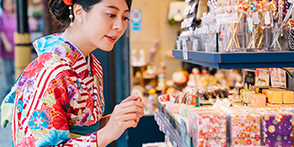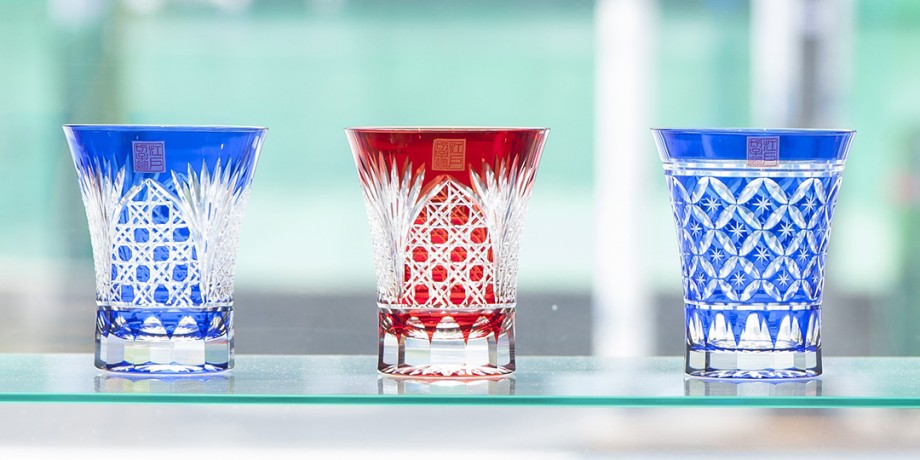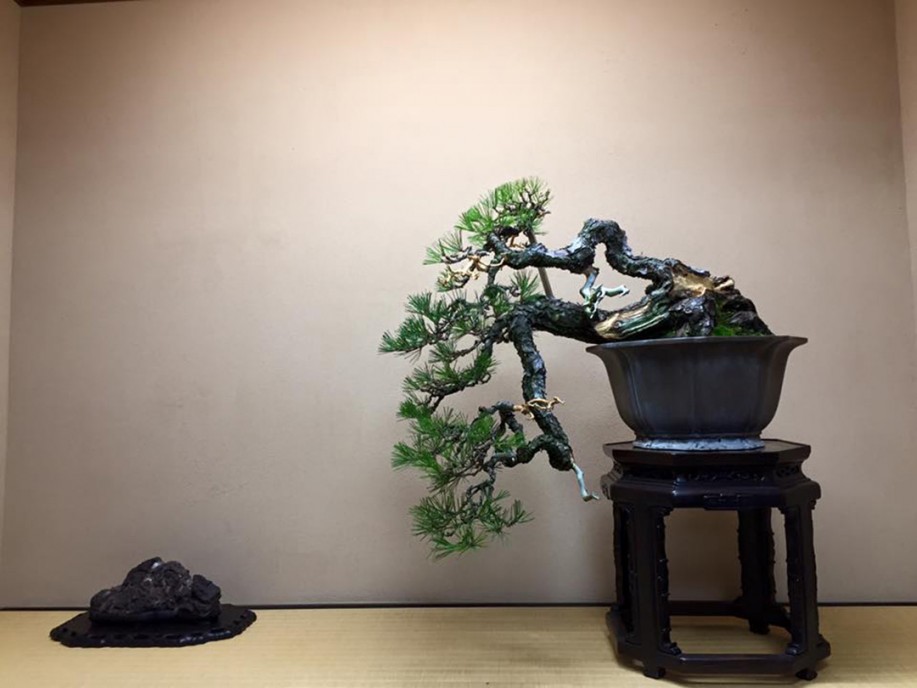- TOP
- Search
- Shopping reports search results
- Traditional Craft Experience ~ Tokyo / Kyoto / Hyogo ~
Traditional Craft Experience ~ Tokyo / Kyoto / Hyogo ~
-
Categories
- Japanese culture
- Souvenirs
-
Update date
- 2019-08-29
While being influenced by overseas cultures, there are numerous traditional crafts in Japan that have been cultivated with uniqueness by history and cultural climate and passed on for years. Particularly in Edo (Tokyo) and Kyoto, there are traditional crafts deeply rooted to the region and closely associated to the local culture.
Here, we will introduce sites where you can experience traditional handicraft making unique to that area under the guidance of craftsmen who inherit the tradition to the present age. How about creating your one-of-a-kind piece for the memory of your trip? It takes about one to three hours for completion. One of the merits is that you can create a piece easily. Do feel the spirit and craftsmanship of the craftsmen and the depth of Japanese through your experience. (All events require reservations)
Tokyo Ochanomizu Origami Hall
"Ochanomizu Origami Hall" began as a factory manufacturing dyed paper and chiyogami 160 years ago. In 1972, it was newly opened as a facility equipped with galleries and shops, in addition to the dyeing paper factory, to widely convey the charm of traditional origami in Japan. Here, origami classrooms in which beginners can enjoy are held, with the director and origami artist as instructors. How about dropping by to enjoy the process of folding a paper to make a piece of art? In addition, there are also classrooms to make accessories out of Japanese paper, as well as mizuhiki, another traditional craft.
Tokyo Shunkaen Bonsai Museum
“Shunkaen Bonsai Museum” was created in 2002 by Kunio Kobayashi, the maestro of bonsai trade who have won prestigious prizes and has been delivering speeches overseas. A vast Japanese garden of about 2640 square meters is full of more than 1000 pots of bonsai. Here, one-day experience classes where beginners can also casually participate are held every week. Let’s work on making bonsai, first by hearing a lecture on the fundamentals. You shape the form by pruning and wrapping the wire around the branch. You can experience the unique Japanese charm through bonsai, expressing nature’s beauty by condensing it into one pot.
...... read the rest of the article on TABIDO website
https://www.tabido.jp/en-us/article/905/












